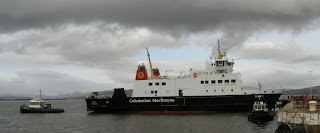
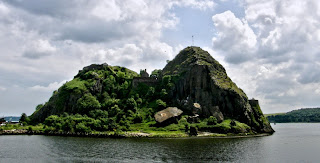

-->
Dumbarton Rock is a 240ft high twin peaked volcanic plug, with the River Clyde on one side and the River Leven on the other. Its not hard to see why this rock has been utilised as a defensive fortress for over 1500 years, only coming to an end after World War 11.
The first recorded presence on the rock comes from a letter by St Patrick who wrote to King Cedric who was king of Strathclyde at Alcluith also known as Clyde rock in about 450 AD. In the letter he complains about a raid on his settlement of Irish converts. The date is supported by archaeological evidence which suggest the residents who lived on Dumbarton Rock traded with the Romans before their departure in 367 AD.
In 756 a joint force of Picts and Northumbrians attacked the rock and captured it only to lose it again two days later, in 780 the rock was besieged and the settlements on it burned down, by who is unclear.
In 870 the Vikings attacked the rock, it took 15 weeks before they destroyed the settlement, they carried off the loot and survivors as slaves. They departed apparently in a fleet of over 200 Viking long ships.
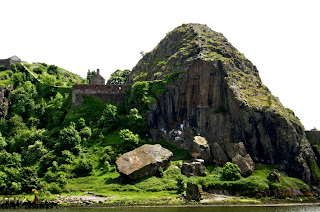
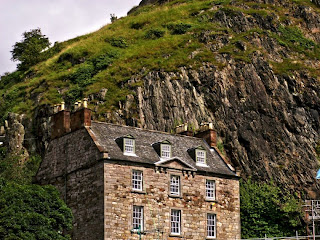

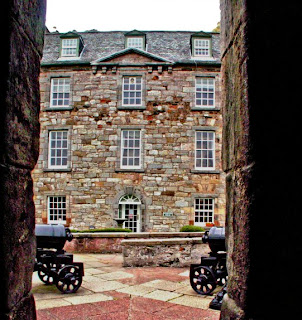
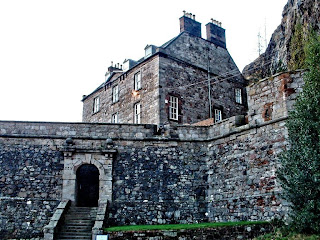
-->
It was in 1018 before the Kingdom of Strathclyde eventually joined forces with the rest of Scotland.
By the 13th century the rock had become a royal stronghold sought after by English and Scottish kings. After the Scott's were defeated at the Battle of Pinkie in 1547, the young Mary (aged 5) Queen of Scott's was taken to Dumbarton for saftey, fefore she departed to France escorted by a French fleet.
The castle swapped hands many times but was regained for Queen Mary's return from France in 1561.
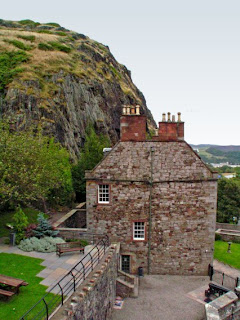
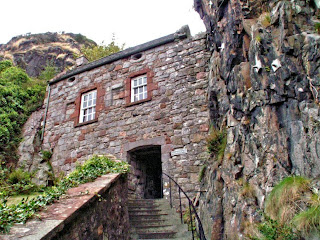

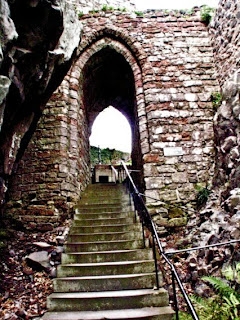
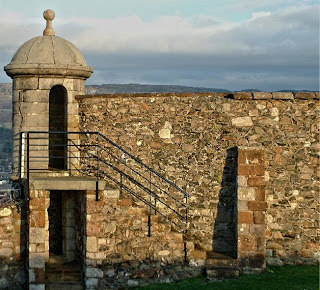
-->
By 1571 Mary's reign was over as she fled to her doom with Queen Elizabeth the first. Her supporters held out at Dumbarton until a rather daring raid by Thomas Crawford of Jordanhill captured the castle by using just 100 men and scaling the least accessible part of the rock during the night. The surprise was so complete that none of Crawford's men died.
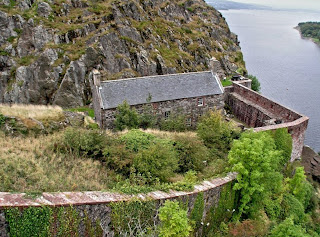
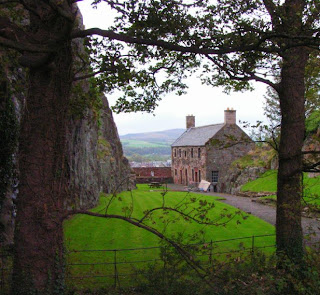
-->
Later the castle became a prison then a barracks before being abandoned in 1865, however it saw action again during the world wars the Germans bombed it in May 1941 during a raid on the Clyde.
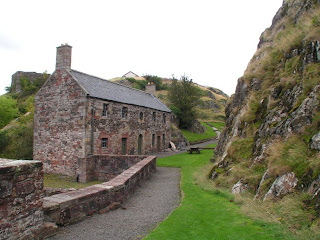
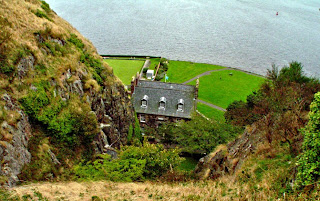
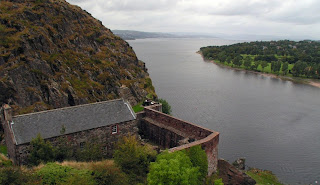

-->
The castle was swept away during the period of 1670 to 1790, the only notable building on the rock is the Governors House, other buildings are the French prison and the powder house at the top of the castle. No mater where you go on the rock you must be ready to climb the hundreds of stairs, at the top is the White Tower where you can view the River Clyde heading towards the open sea.
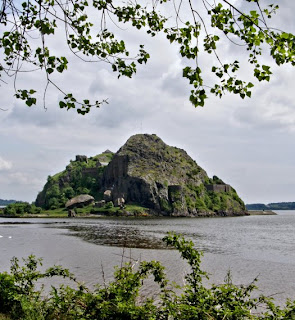
-->

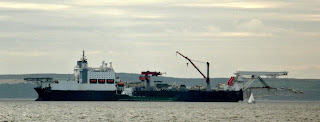



 Solitaire, the largest pipelay vessel in the world arrived on the Clyde for repairs on the 19 Sep 2008. She had just started work on the Corrib gasline off the west coast of Ireland when she ran into technical difficulties.
Solitaire, the largest pipelay vessel in the world arrived on the Clyde for repairs on the 19 Sep 2008. She had just started work on the Corrib gasline off the west coast of Ireland when she ran into technical difficulties.































